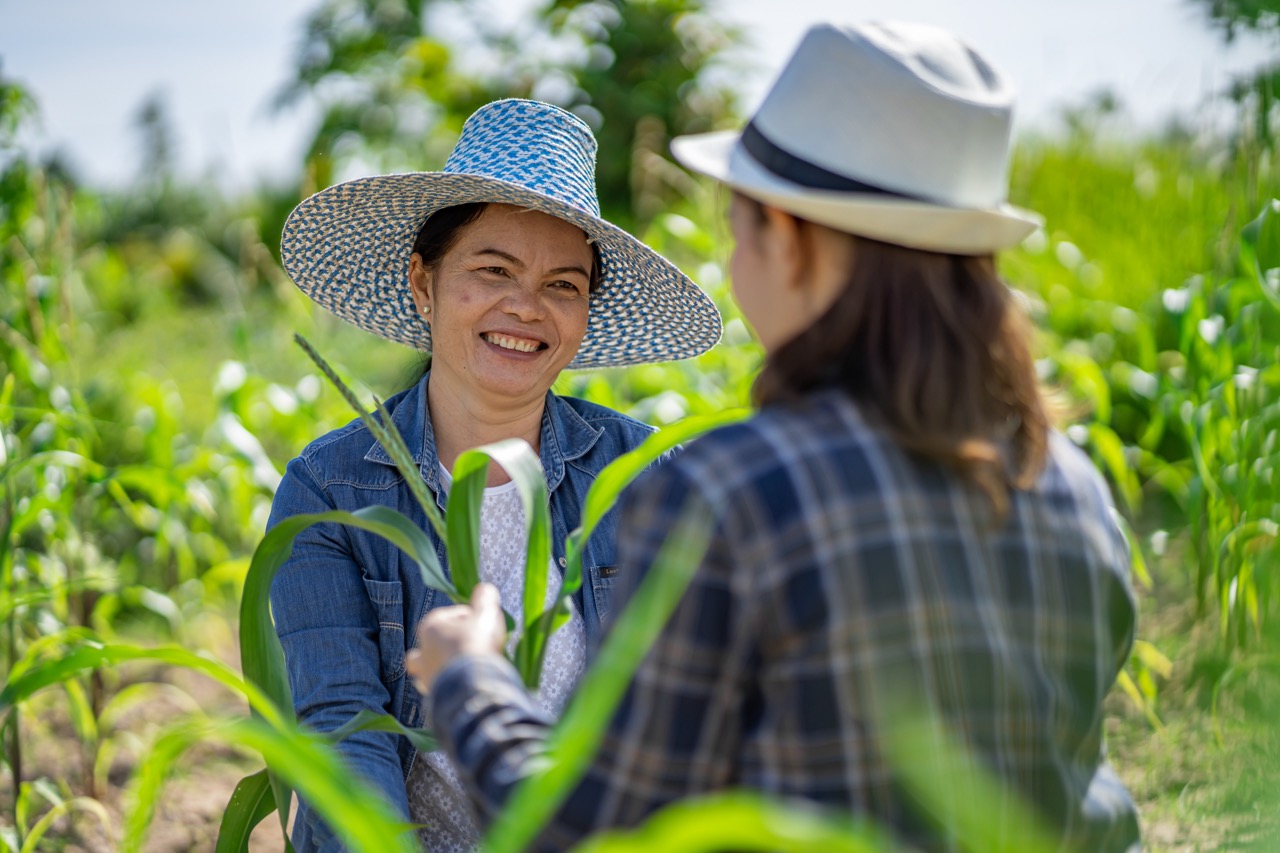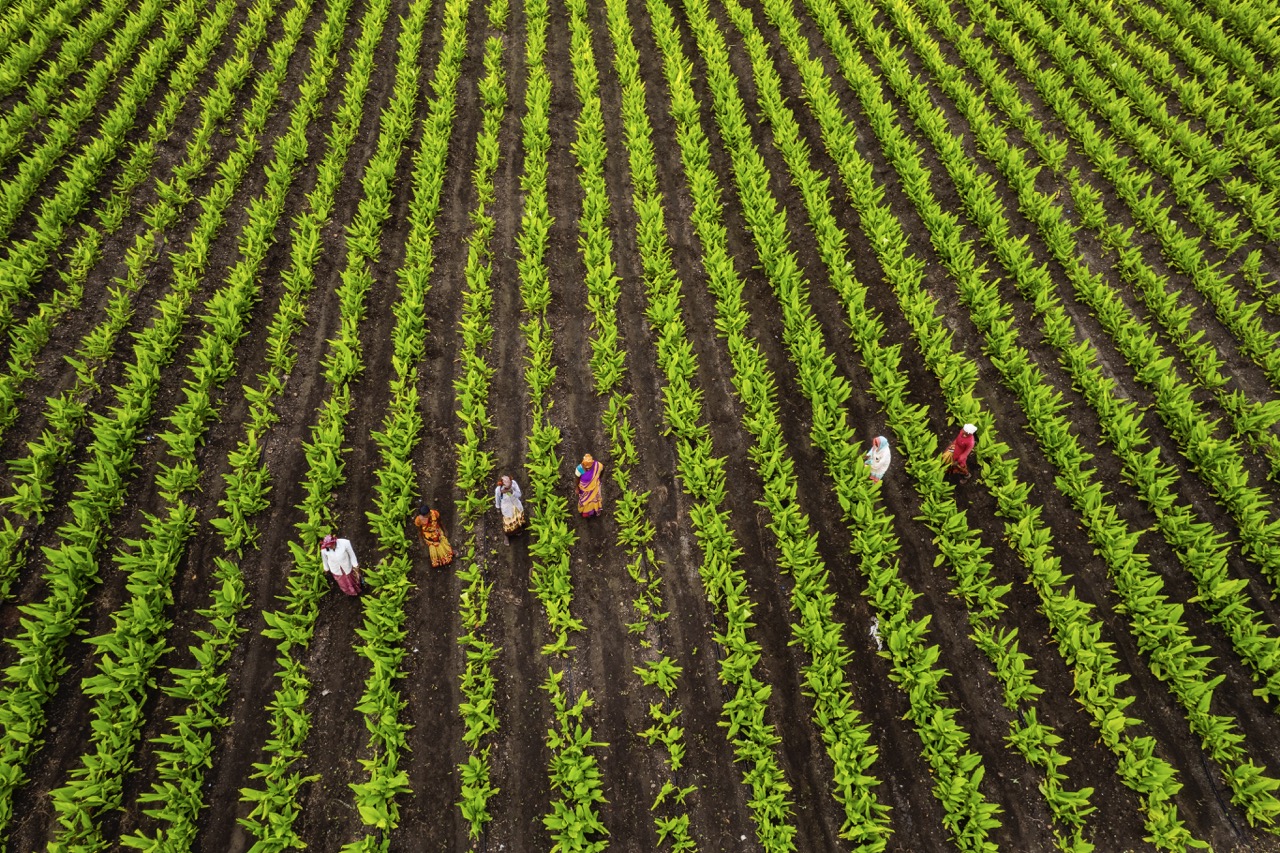Sharecropping is a farming system that has been both a lifeline and a burden to many farmers throughout history. For new farmers, particularly those with limited capital or access to land, understanding the nuances of sharecropping can be crucial in shaping their agricultural journey. This article delves into the historical context of sharecropping, its advantages, drawbacks, and the considerations that aspiring farmers must weigh before entering this agricultural arrangement.
Understanding Sharecropping: A Historical Overview for New Farmers
Sharecropping emerged prominently in the United States during the Reconstruction era, following the Civil War. It primarily involved landowners providing land, tools, and seed to farmers in exchange for a share of the crop produced. This system was seen as a way for newly freed African Americans to gain a foothold in the agricultural economy, albeit often under exploitative conditions. Over time, sharecropping evolved in various regions, adapting to local economic structures and social dynamics.
For new farmers today, understanding this historical backdrop is essential. While the practice has changed, the underlying principles of sharecropping remain the same: it provides an opportunity for individuals who lack the means to buy land to cultivate crops and potentially achieve financial independence. However, the legacy of sharecropping is marked by a complex interplay of exploitation, dependency, and resilience, which can inform modern interpretations of the practice.
Today, sharecropping can still be found in various forms around the world. In contemporary agriculture, it often manifests as partnerships between landowners and farmers where crop-sharing agreements are negotiated. New farmers must be aware of the historical implications of sharecropping, as well as its modern adaptations, to navigate their potential roles within this system effectively.
The Advantages of Sharecropping: Opportunities for Growth
One of the most significant advantages of sharecropping for new farmers is the low barrier to entry. Many aspiring farmers may lack the capital needed to purchase land, equipment, and seeds. Sharecropping allows them to start farming without the initial financial burden of land ownership, enabling them to gain practical experience while minimizing risk. This arrangement often attracts novice farmers eager to learn the ropes of agriculture.
In addition, sharecropping can foster a sense of community and mutual support among farmers. By working together under shared arrangements, new farmers can exchange knowledge, resources, and tips about effective farming practices. This collaborative environment can lead to enhanced productivity, allowing new farmers to learn from more experienced landowners while developing their skills in crop management and business operations.
Furthermore, sharecropping can incentivize productivity and innovation. Under a sharecropping agreement, farmers typically receive a portion of the crop they produce, fostering a direct link between effort and reward. This structure can motivate new farmers to experiment with diverse crops, adopt sustainable practices, and invest in improving soil health, ultimately leading to a more profitable farming venture.
The Drawbacks of Sharecropping: Risks and Challenges Ahead
While sharecropping offers numerous advantages, it is not without its challenges. One of the primary drawbacks is the potential for exploitation. Sharecropping agreements can often favor landowners, leaving farmers with a meager share of the profits. New farmers may find themselves caught in a cycle of debt, particularly if they are tied to high-interest loans for inputs like seeds and fertilizer, which can be provided by the landowner.
Moreover, the lack of control over land management can be disheartening for new farmers. Sharecroppers typically do not have the authority to make independent decisions regarding crop selection, land use, and farming techniques. This limitation can stifle creativity and innovation, as farmers may feel pressured to adhere to practices dictated by landowners rather than pursuing methods that align with their values or local sustainability efforts.
Lastly, sharecropping arrangements can lead to instability and uncertainty. Changes in market prices for crops, extreme weather conditions, or personal circumstances can all affect a farmer’s ability to fulfill their obligations under the agreement. New farmers may find themselves vulnerable to fluctuations in income, making it difficult to establish financial security or plan for long-term growth.
Making Informed Decisions: Is Sharecropping Right for You?
For new farmers contemplating sharecropping, a thorough assessment of their unique circumstances is crucial. Understanding one’s financial situation, farming experience, and long-term goals can help determine if entering a sharecropping agreement is a beneficial choice. Engaging in open discussions with potential landowners about the terms of the arrangement and clarifying expectations is essential to ensure a fair partnership.
Furthermore, researching local agricultural practices and market conditions can provide valuable insights into the viability of sharecropping as a farming strategy. Networking with other farmers and seeking guidance from agriculture extension services can also help new farmers make informed decisions. The experiences and knowledge of those already engaged in sharecropping can reveal both the potential benefits and pitfalls of this arrangement.
Ultimately, sharecropping can be a viable path for new farmers seeking to establish themselves in the agricultural landscape. By weighing the pros and cons carefully and aligning their goals with the realities of sharecropping, aspiring farmers can make strategic decisions that will serve them well in the long run.
In conclusion, sharecropping presents a mixed bag of opportunities and challenges for new farmers. Its historical context underscores the complexity of agricultural arrangements, and while it can provide a pathway to farming, it also carries inherent risks. By thoroughly evaluating personal circumstances and seeking advice from experienced practitioners, new farmers can navigate the world of sharecropping with a more informed perspective, ultimately paving the way for their agricultural success.










